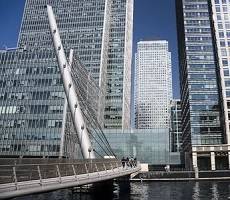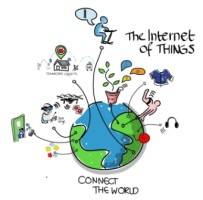April 2, 2015
CIBSE launches updated guide to environmental building design
 The Chartered Institution of Building Services Engineers (CIBSE) has published the latest edition of Guide A: Environmental Design which the organisation claims is ‘the premier technical reference source for designers and installers of building services, especially low energy and sustainable buildings’. As well as updates to legislation and new research, the edition includes a completely new chapter which identifies specific requirements for achieving quality in environmental building design: adopting a holistic approach as well as a system to assure the quality of design calculations and decisions. The other chapters deal with a specific aspect of design including criteria such as comfort and ambient weather and methods of calculation for performance, heating and ventilation systems, methods for thermal comfort evaluation, energy demand and so on.
The Chartered Institution of Building Services Engineers (CIBSE) has published the latest edition of Guide A: Environmental Design which the organisation claims is ‘the premier technical reference source for designers and installers of building services, especially low energy and sustainable buildings’. As well as updates to legislation and new research, the edition includes a completely new chapter which identifies specific requirements for achieving quality in environmental building design: adopting a holistic approach as well as a system to assure the quality of design calculations and decisions. The other chapters deal with a specific aspect of design including criteria such as comfort and ambient weather and methods of calculation for performance, heating and ventilation systems, methods for thermal comfort evaluation, energy demand and so on.























March 31, 2015
Time to move on from the anachronistic display screen equipment regulations
by Mark Eltringham • Comment, Legal news, Wellbeing, Workplace design
Not much of a guide to milking a Friesian
The European Display Screen Equipment Regulations were introduced in 1992 as a way of improving the posture and wellbeing of people working on computers in the office. That’s a long time ago. Too long, in fact. Here’s a list of thing that have happened since then – 1. The Internet. Actually, we can stop there. Any piece of workplace legislation that predates the Internet almost certainly won’t be fit for purpose, not least one that is based on how we should work with computers. Yet there it all is on the Health and Safety Executive (HSE) website. It’s all so hopelessly out of date, it’s like starting a farm using an Altamira cave painting as your guide. At the most straightforward level, you can take an image from one of the published guides such as this (below) and play a little game of spot the anachronism.
(more…)